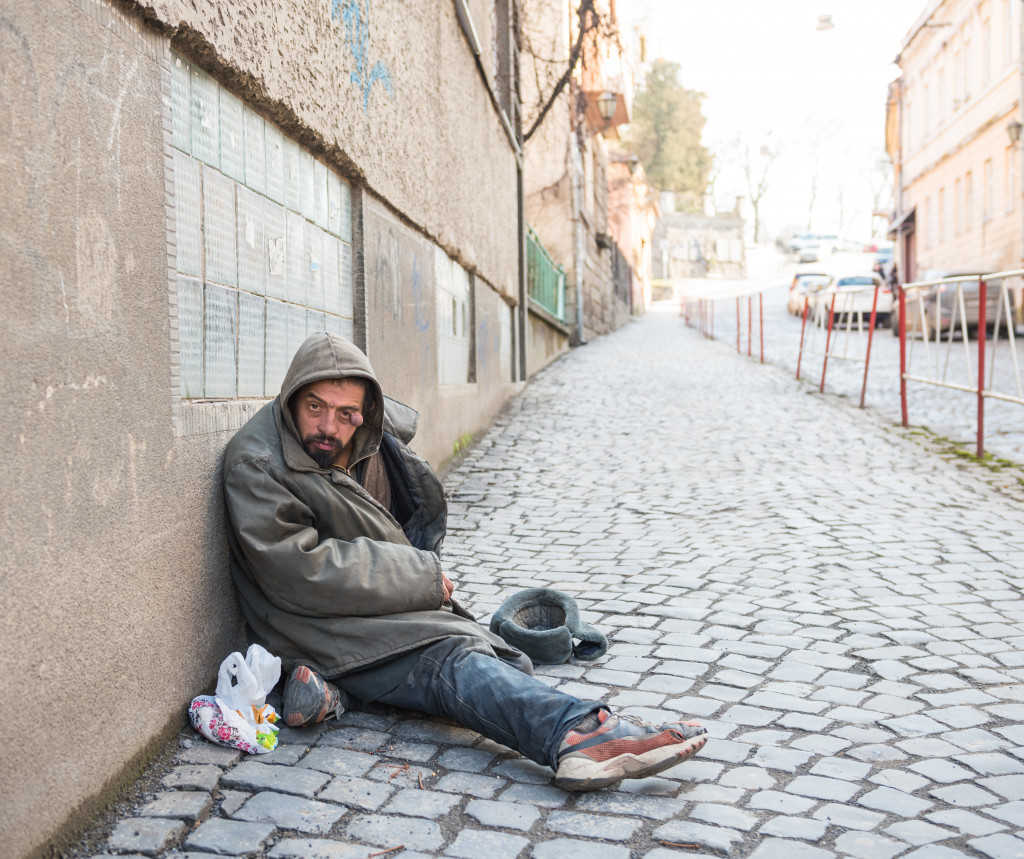• Poverty is a major problem in the United States, with over 14.6% of Americans living below the poverty line—45 million people.
• Crime is an issue that disproportionately affects disadvantaged neighborhoods due to a lack of resources and employment opportunities.
• Unequal access to education is a significant issue in many US communities, resulting from disparities in district funding between wealthy and poor districts.
• To help prevent social issues from taking root in your community, starting a community app and organizing community events are just some ways to prevent them.
The United States is one of the most economically prosperous countries in the world, yet many of its communities are suffering. From poverty to crime, several social issues plague our nation’s neighborhoods. These problems can lead to physical and economic damage in communities. Some can leave them fragmented. Here’s what you need to know about these problems.

Common Problems Faced By U.S. Communities
Here is an overview of some of the most common problems faced by U.S. communities today and what can be done to help solve them.
Poverty
Poverty is one of the most pervasive issues plaguing American society today. According to the US Census Bureau, 11% of Americans live below the poverty line—that’s 45 million people! This has serious consequences for both individuals and their communities as a whole.
Poverty contributes to higher rates of homelessness and crime, lower educational attainment, and diminished access to healthcare, which serves to further entrench people in a cycle of poverty from which it can be difficult to escape.
The best way to address this issue is through targeted policies that provide support for those living in poverty—such as housing assistance programs, food assistance programs like SNAP (Supplemental Nutrition Assistance Program), and job training opportunities—as well as broader efforts to increase the minimum wage, expand access to healthcare, ensure equal pay for women, incentivize businesses to invest in impoverished areas, and create more jobs in low-income communities.
Crime
Crime is another major problem facing many American communities today. Multiple crimes can happen in a single minute, ranging from minor infractions to serious felonies. Unfortunately, not all areas are equally affected by crime; it disproportionately affects disadvantaged neighborhoods due to various factors such as lack of resources and employment opportunities or inadequate policing strategies. This creates an environment where criminal activity becomes normalized and perpetuates cycles of violence within these areas.
To combat this problem, communities need better policing strategies that focus on prevention rather than solely on punishment after crimes have been committed. There is also a need for increased economic investment in disadvantaged neighborhoods. Also, communities need greater access to education and job training opportunities. Lastly, implementing robust mental health services can help those struggling with mental health issues, so they don’t resort to criminal behavior out of desperation or lack of options.
Unequal Access To Education
Unequal access to education remains a significant issue in many U.S. communities today due primarily to disparities in funding between wealthy districts and poor districts—which results in poorer schools having fewer resources available for their students compared with wealthier schools across town.
These disparities manifest themselves in everything from teacher quality (poor schools tend to have less experienced teachers)to class sizes (poor schools often have larger classes)to extracurricular activities (poor schools rarely offer any).
As a result, students attending these schools often end up at a disadvantage when it comes time for college applications or job interviews because they simply did not get the same caliber education as their peers from wealthier districts did growing up.
Preventing Problems in Your Community
Prevention will always be better than a cure, and there are a few steps you can take to help prevent social problems from taking root in your community.

Start a Community App
One of the best ways to stay connected to the people in your community is by creating a neighborhood app. This can be used to share updates, help organize events and projects, and even provide assistance. You can build a robust online community with Disciple’s software. This software utilizes messaging features to encourage conversations and engagement among community members, as well as providing tools for managing the app and monitoring its usage.
Organize Community Events
Nothing brings people closer together like having fun! Organizing events such as festivals, concerts, youth sports leagues, or block parties can help foster a sense of connection among neighbors. These events can provide opportunities to get to know neighbors better, while also creating a safe space for children and teens.
Start a Community Service Project
By starting community service projects, you can show those in need that their issues are being taken seriously and that people care about them. Taking on a community service project is an excellent way to bring people together for a common cause and create lasting change.
These are just a few things you can do to help prevent social issues from taking root in your community. By being proactive, you can make your neighborhood a better place for all.
